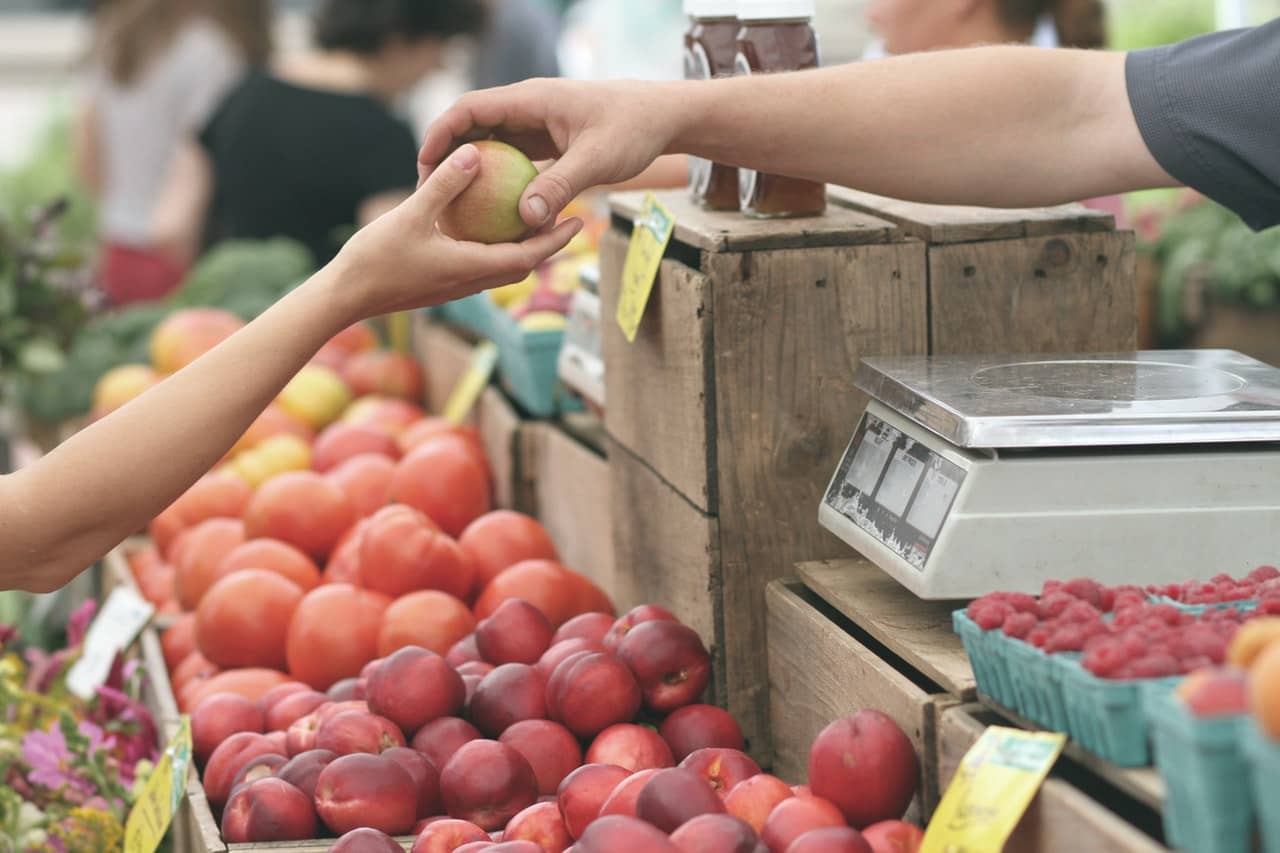
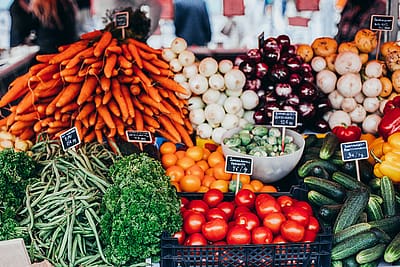 You know the saying – you are what you eat? Well the more I learn about how the human body works, the more I realize how true that saying is. As a result, I try to do my best to not only eat what is good for my body, but also what is good for the planet. But ethical eating can get complicated.
You know the saying – you are what you eat? Well the more I learn about how the human body works, the more I realize how true that saying is. As a result, I try to do my best to not only eat what is good for my body, but also what is good for the planet. But ethical eating can get complicated.
Do you remember the scene from Notting Hill where one of the supporting characters notes at a dinner party she is a fruitarian? She then continues to define fruitarian “We believe that fruits and vegetables have feeling so we think cooking is cruel. We only eat things that have actually fallen off a tree or bush – that are, in fact, dead already.” This is the set-up for a joke about murdered carrots, but with all the fads in eating, it seems only a matter of time before our social media feeds are filled with advocacy for the fruitarian diet.
And even if you agree that fruits and vegetables have feelings (and actually I have read some research that indicates that plants are more aware of the world around them than we usually give them credit for), this seems like a nearly impossible way to eat and survive.
I have a few guidelines based on my ethical comfort level which help me navigate the food that I either bring into our home or eat out. These guidelines help me to eat ethically as much as possible without devoting a large portion of each day to ensuring our food is sourced in an ethical manner.
What goes into ethical eating
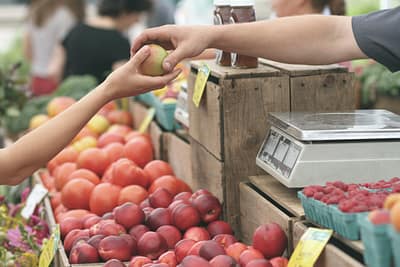 For me, ethical eating considers not only how the food I am eating was grown, processed, and sourced, it also includes the impact that food has on the entire ecosystem.
For me, ethical eating considers not only how the food I am eating was grown, processed, and sourced, it also includes the impact that food has on the entire ecosystem.
I want to make dietary choices that take into account the animals I may eat, the farmers who grow my food, and the impact that the farming, processing, packaging and distribution of the food has on the planet.
The decision is not as simple as just cutting out meat. If you eat a fully vegan diet, but much of it is highly processed and packaged food, not only are you putting preservatives, chemicals and unpronounceable ingredients into your body, the extensive processing and packaging of the food creates a large footprint on the earth. It is important to me that I weigh each of the aspects of ethical eating to create a balance that works for me so I feel comfortable when I make a decision on what to buy at the grocery store or order at a restaurant.
Finally, just a reminder that none of us is perfect. Also, most of us do not have an unlimited budget. I try to make the best decisions I can with the resources (knowledge and money) I have available. This will be a different balancing act for each of us as we all have different budgets, dietary needs and family expectations (while he is generally a good sport, I am willing to make some sacrifices for ethical eating that Adam is not). Below you will find information on several aspects to take into account as you create your own guidelines for ethical eating.
Animal products
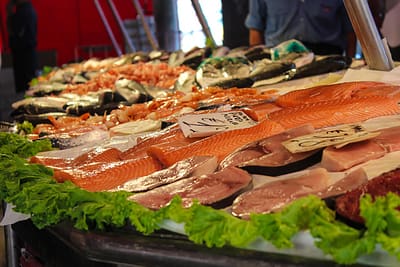 Depending on where you currently stand in terms of ethical eating, meat, fish, seafood, eggs, and dairy may be something you have already eliminated from your diet. If so, great – that can be an awesome choice for your health and the planet (as long as you did not replace meat with highly processed packaged food).
Depending on where you currently stand in terms of ethical eating, meat, fish, seafood, eggs, and dairy may be something you have already eliminated from your diet. If so, great – that can be an awesome choice for your health and the planet (as long as you did not replace meat with highly processed packaged food).
If however, animal products are an important part of your diet, I believe there is still a way to include them while taking steps to move toward more ethical eating.
The first thing I would encourage you to do is cut down on the quantity of animal protein you consume – could you eat it for one less meal a day (or week)? Read my post on beef for beans to get a better understanding of the incredible impact meat production (beef in particular) has on our environment. Even eliminating a few servings of meat can make a difference.
The next step to consider is whenever possible get your animal products from producers who treat the animals with respect while they are living. Without researching every producer I have a few techniques which help me make decisions quickly in the grocery store.
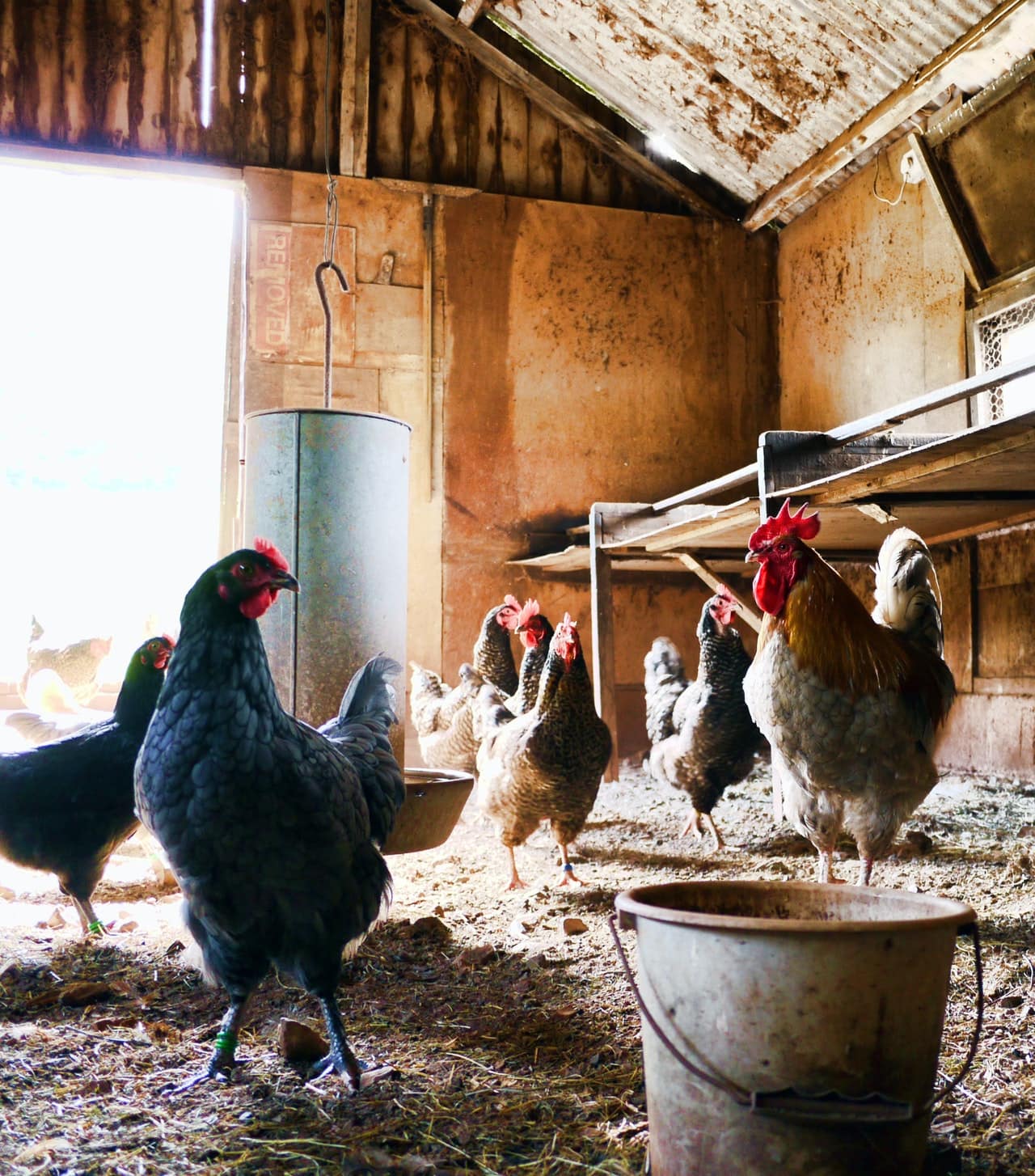 Many factory farms keep animals crowded in tight quarters. This results in lower immune systems and a higher incidence of illness. Additionally, once one animal gets sick, the illness can spread quickly. As a result, animals raised in these conditions are given preventative antibiotics as a regular part of their diet. Meat which is marked as antibiotic free on the packaging is an indicator that the animals were given a little more space and care during their life. (Note, the use of hormones is actually banned in the production of chicken and pork in the US – the listing of “no added hormones” on a package does not provide any additional information on the welfare of the animal during its life.)
Many factory farms keep animals crowded in tight quarters. This results in lower immune systems and a higher incidence of illness. Additionally, once one animal gets sick, the illness can spread quickly. As a result, animals raised in these conditions are given preventative antibiotics as a regular part of their diet. Meat which is marked as antibiotic free on the packaging is an indicator that the animals were given a little more space and care during their life. (Note, the use of hormones is actually banned in the production of chicken and pork in the US – the listing of “no added hormones” on a package does not provide any additional information on the welfare of the animal during its life.)
When we buy eggs, we make sure they are free-range or organic – and bonus points if the cartons list “Pasture Raised,” “Certified Humane,” and/or “Animal Welfare Approved”. These labels are indicators of chickens who usually have a little more space to roam and some access to the outdoors.
When choosing fish and seafood, the easiest way to pick ethical choices is to use the Monterey Bay Aquarium’s Seafood Watch Guide. You can download their app or a wallet sized printable from their website.
It is a lot harder to determine the conditions the animals were raised in when eating out. Sometimes you will find a restaurant which advertises ethically sourced meat, but more often than not, they will not be able to provide you with that type of information. You will need to make the decision on how strictly you want to keep to ethical eating based on what sits comfortably for you.
Adam and I only dine out (or order delivery/take-out) once every week or two. When we do, I usually eat/order what I want (which is often pescetarian/vegetarian/vegan) knowing that I have made the best choices possible for every other meal. We are all only human and expecting perfection is setting yourself up for failure. By giving yourself permission to make exceptions where it feels comfortable to you, it will make you less prone to give up all hope of ethical eating because you “keep messing up”.
Organic, biodynamic, sustainable and permaculture
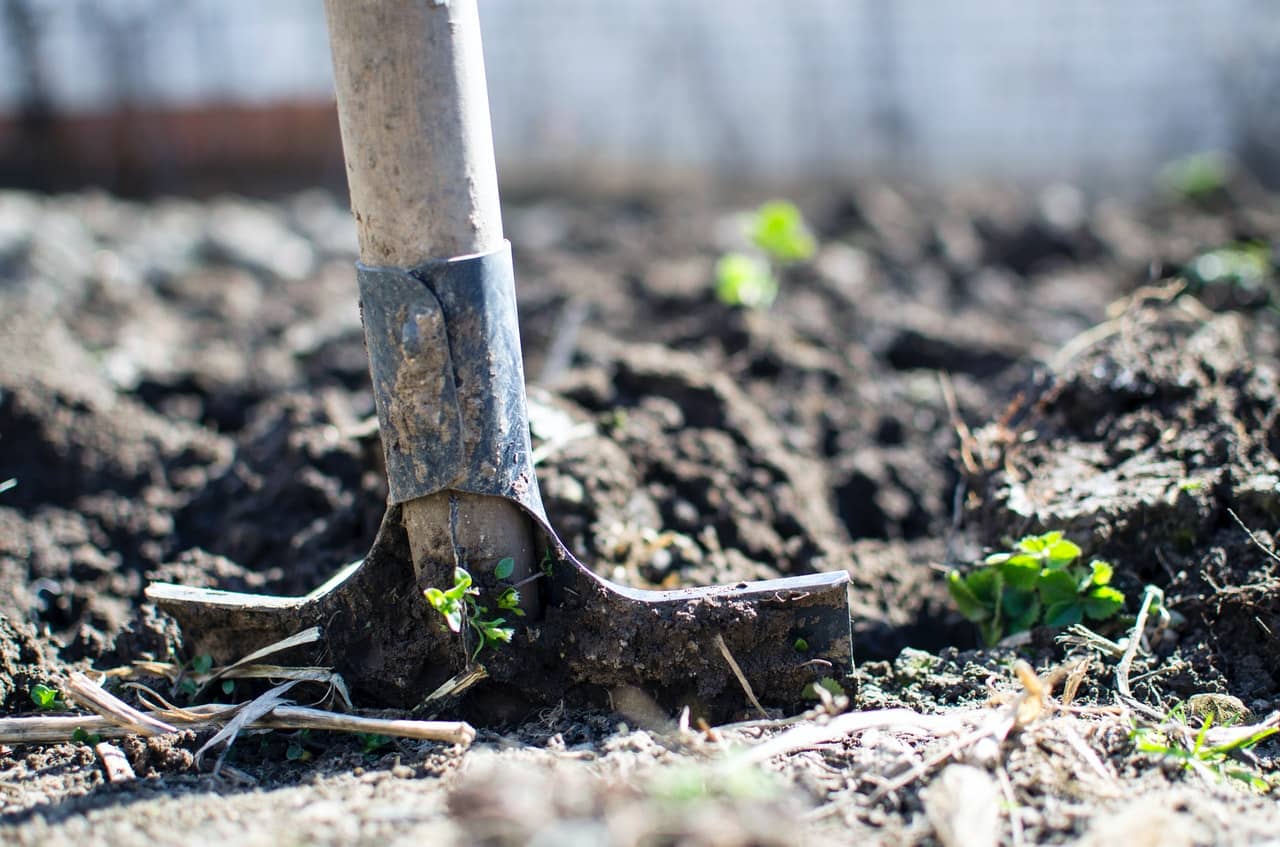 When trying to make ethical eating decisions, terms can get confusing when choosing your produce. There are so many ways to talk about farming and it can be overwhelming when you are trying to pick among the dozens of choices of apples in the grocery store.
When trying to make ethical eating decisions, terms can get confusing when choosing your produce. There are so many ways to talk about farming and it can be overwhelming when you are trying to pick among the dozens of choices of apples in the grocery store.
Sustainable – although defined by the US Congress in the 1990 Farm Bill, sustainable is not a term that is well regulated on food labels. The definition given in the Farm Bill provides for five integrated components which must together realize long-term goals of farming practices that are profitable, environmentally sound and community friendly.
This is one of those buyer beware labels like “no added hormones” in pork and chicken. It isn’t regulated or defined in a way which helps you truly understand exactly what practices were followed when producing food labeled sustainable. I wouldn’t say not to buy something because it is labeled sustainable, but I also wouldn’t suggest you to pay extra for the label either. (The exception to this rule is purchasing from a local farmer who is able to explain to you how their sustainable practices are in-line with your ethical eating guidelines.)
Organic – this means that the produce (or animal product) was grown without the use of synthetic fertilizers and pesticides or using any genetically modified organisms. Organic does not mean just dirt, water and seeds though. There are a wide range of natural compounds used in organic farming to enrich the soil, fertilize the plants, and help control pests.
The term organic is regulated by the USDA and farmers who wish to use this label are required to go through an extensive process to achieve organic certification. This can be good and bad – the good news is that when you buy something labeled organic, you know there was a specific set of standards the farmer followed. However, for smaller family farms, the cost of organic certification can be prohibitive, therefore, they may be farming following organic practices but unable to label their product as such.
When deciding between organic and conventional produce, use the Environmental Working Group’s Dirty Dozen and Clean Fifteen to help you understand where to best prioritize your produce dollars.
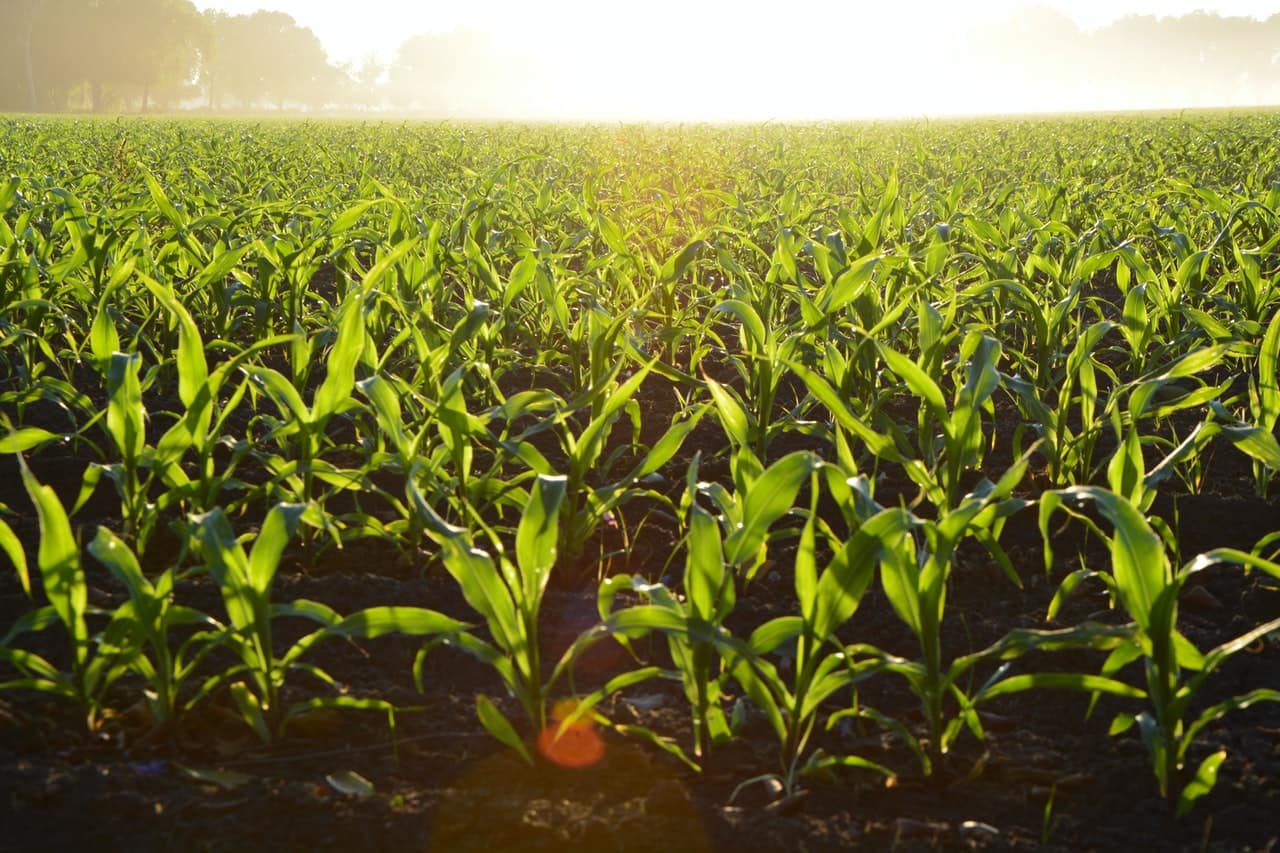 Biodynamic – this technique views the ecosystem in which farming happens as a whole. While it is organic, that is just the starting point. Biodynamic farming is a holistic viewpoint which sees all aspects of the farm as part of a singular organism. “This organism is made up of many interdependent elements: fields, forests, plants, animals, soils, compost, people, and the spirit of the place. Biodynamic farmers and gardeners work to nurture and harmonize these elements, managing them in a holistic and dynamic way to support the health and vitality of the whole.” Learn more about biodynamic farming and gardening here.
Biodynamic – this technique views the ecosystem in which farming happens as a whole. While it is organic, that is just the starting point. Biodynamic farming is a holistic viewpoint which sees all aspects of the farm as part of a singular organism. “This organism is made up of many interdependent elements: fields, forests, plants, animals, soils, compost, people, and the spirit of the place. Biodynamic farmers and gardeners work to nurture and harmonize these elements, managing them in a holistic and dynamic way to support the health and vitality of the whole.” Learn more about biodynamic farming and gardening here.
While there is certification for biodynamic farms, you are unlikely to find more than one or two items in a standard grocery store labeled as biodynamically grown. If you want to support this type of food production, seek out a local farm and sign up for their community supported agriculture program, or visit their farm stand.
Permaculture – this term comes from permanent agriculture. It is a closed loop system. In permaculture, you “work with, rather than against, nature” to produce everything you need without any inputs from outside your permaculture system. This is much less likely to be a commercially viable venture, and much more likely to be a way of life for people.
You can learn more about permaculture in the context of farming here. And read how the definition of permaculture is being extended to include a general lifestyle attitude for those of us who are unable to move to a few acres of land and become self-reliant.
Local and seasonal
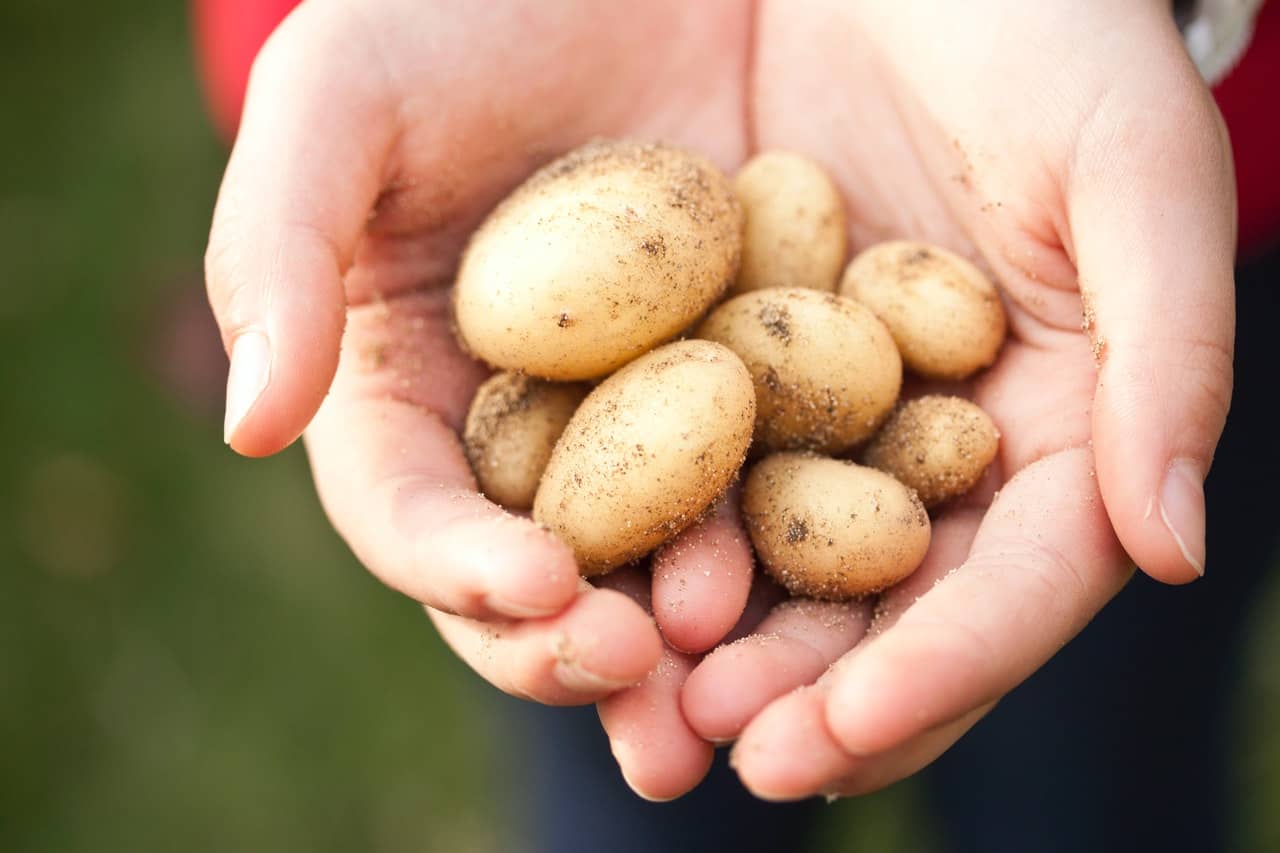 Another important component of making your ethical eating decisions is if your food was produced locally and if it is in season. Eating local and seasonal has less to do with the way your food is produced and more to do with the environmental impact of getting the food from the field to your house. In most parts of the Northern Hemisphere, when you walk into your grocery store and purchase fresh strawberries in December, odds are those strawberries have had a very long journey to get to you.
Another important component of making your ethical eating decisions is if your food was produced locally and if it is in season. Eating local and seasonal has less to do with the way your food is produced and more to do with the environmental impact of getting the food from the field to your house. In most parts of the Northern Hemisphere, when you walk into your grocery store and purchase fresh strawberries in December, odds are those strawberries have had a very long journey to get to you.
With modern technology we have the capability to ship fresh produce around the world. That means that we have access to a full rainbow of produce at all times. It also means that fruits and vegetables can come with a large carbon footprint due to their long distance travel.
By eating produce that is produced locally, you not only cut down on that travel, reducing the environmental impact of getting the produce to your table, you also get the fresher and tastier produce. Produce harvested for sale to a local market is picked closer to peak ripeness than produce that will need to travel, and having ripened naturally, it is much tastier than produce which has traveled thousands of miles to reach you.
Eating locally also allows you to support your neighborhood farmers. Shopping at Farmer’s Markets, buying a Community Support Agriculture (CSA), and frequenting stores which purchase their produce from local growers helps to keep your local family farmers in business.
If you eat locally, you will by necessity also need to eat seasonally. But in addition to the other advantages of eating local produce, there are benefits of eating seasonally. Just like in the winter you crave warm hearty soups and in the summer nothing sounds better than a fresh salad, your body needs different things at different times of the year. When you eat seasonally, you are feeding your body in rhythm with nature.
Packaging
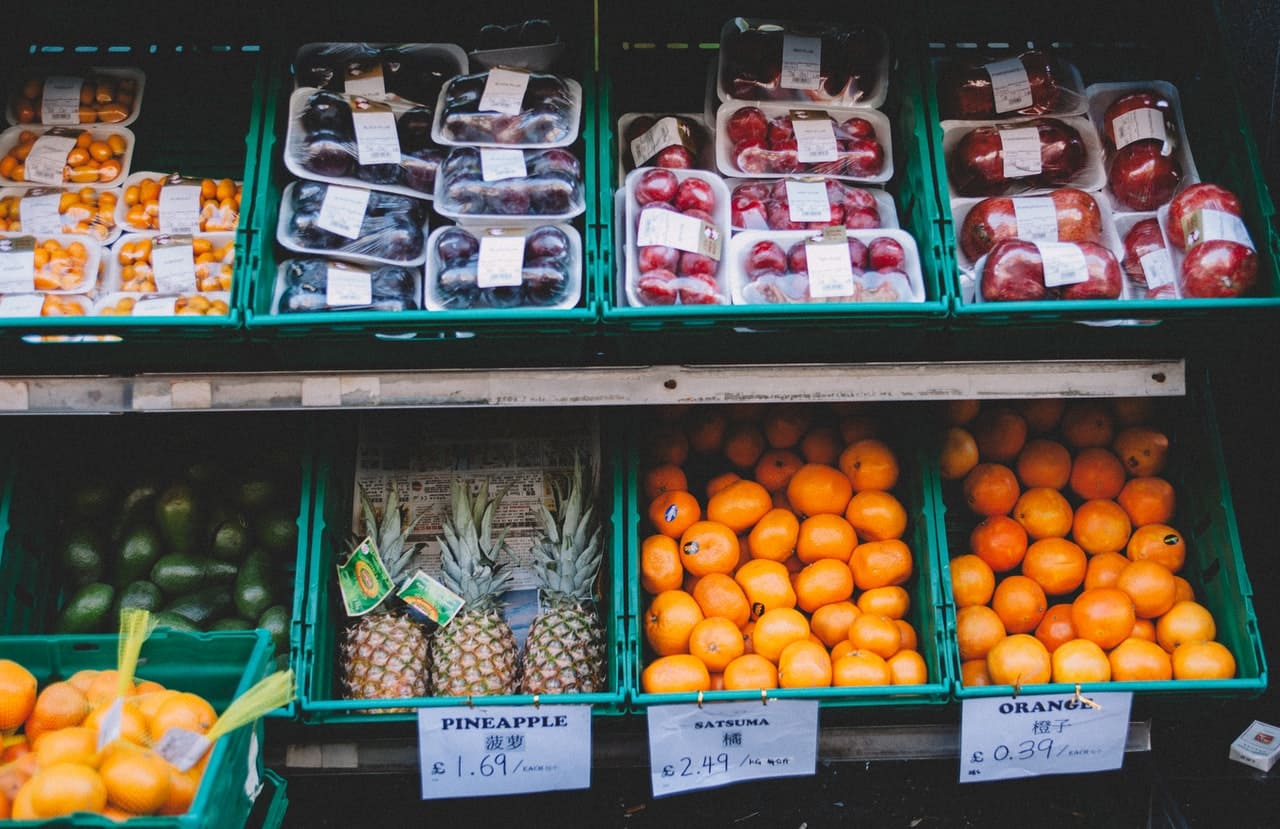 Do you need a foam tray and plastic wrap for two apples? Can you buy them loose and put them in a reusable bag instead?
Do you need a foam tray and plastic wrap for two apples? Can you buy them loose and put them in a reusable bag instead?Another component I think about when making ethical eating decisions is the packaging my food comes in. Do you really need a styrofoam tray and plastic wrap around four ears of corn? Or can you just buy them loose with only the packaging nature gave them?
When making decisions, my first is to purchase food that comes with either minimal or no packaging. If I am choosing between packaged options, I go with the one that comes in the most easily recyclable material (for me that is glass jars). In addition to using my own reusable grocery bags at the store, I also bring my own reusable produce bags to corral my fresh produce instead of using the plastic bags which I can never open anyway.
 The next time you go grocery shopping, look at your cart – how much of the volume in your cart will go straight into the trash? And what easy swaps can you make to reduce that waste? By making just a few little changes to reduce packaging, your grocery choices can add to your ethical eating decisions.
The next time you go grocery shopping, look at your cart – how much of the volume in your cart will go straight into the trash? And what easy swaps can you make to reduce that waste? By making just a few little changes to reduce packaging, your grocery choices can add to your ethical eating decisions.
Only purchase what you can consume
Just like excess packaging, food waste can be incredibly detrimental to the environment. I recently received an e-mail from Ocean Robbins where he noted “roughly one-third of the food produced in the world for human consumption every year doesn’t get eaten by humans.” Ethical eating also takes into account how to reduce your food waste.
The Food Revolution has a great article on how to stop food waste. This article provides a ton of information not only on why reducing food waste is important but also how to shrink your environmental impact by limiting the amount of food you put into the garbage.
Having a menu plan and/or making sure you use up all of your fresh produce before returning to the grocery store are good practices to help reduce the amount of food that ends up spoiling before we are able to eat it. I also try to have a few go-to options for produce that is on the edge. This post will give you an idea of how to quickly prepare food before it goes bad.
And a good practice for all, but especially if despite best intentions you know fresh produce can sometimes get away from you, compost or use a composting service. When you compost your food scraps and produce waste are recycled into rich soil which will be used for nourishing future plants instead of being buried in a landfill.
To sum it all up
 If you do eat animal products, first try to reduce the amount you eat and second, choose those that come from animals raised in a way that aligns with your personal ethical eating guidelines.
If you do eat animal products, first try to reduce the amount you eat and second, choose those that come from animals raised in a way that aligns with your personal ethical eating guidelines.
When picking produce local and seasonal will usually provide you with the freshest, tastiest and most affordable options. If you can’t afford to buy (or don’t have access to) all organic produce, use the Dirty Dozen as a guideline for those you should prioritize buying organic. Remember that small family farmers may use organic standards but not be able to afford organic certification – don’t let this be a reason not to support them. Get to know your local farmers and their practices.
Heavily processed and/or packaged food has a larger carbon footprint than a less processed and packaged counterpart. Again, create your own guidelines on what level of packaging and processing works for your ethical eating. Also, purchase only what you can consume before it goes bad – that means being a little more thoughtful especially in summer when all the amazing produce hits the farm stands, farmers markets, and grocery store shelves.
Finally, remember that ethical eating is a set of guidelines you create for yourself. These guidelines need to take into account not only what you personally are comfortable with for your own set of ethics, but also your budget, dietary needs, and family expectations. Developing an ethical eating habit can be a gradual shift. You might set a goal of changing just 10% of your food choices to more ethical options each month. By the end of a year, you will be eating totally differently, but without the stress of having to change everything at once.
Wishing you meals that nourish, delight, and resonate with your ethics!
Related
2 thoughts on “Ethical Eating – How to Develop Guidelines that Work for You”
Leave a Reply Cancel reply
This site uses Akismet to reduce spam. Learn how your comment data is processed.
You are not only what you eat, it turns out, after listening to the companion post this week, you are what you breathe. Amazing. Thank you.
I’m so glad you enjoyed this post as well as the one on Sama Vritti!